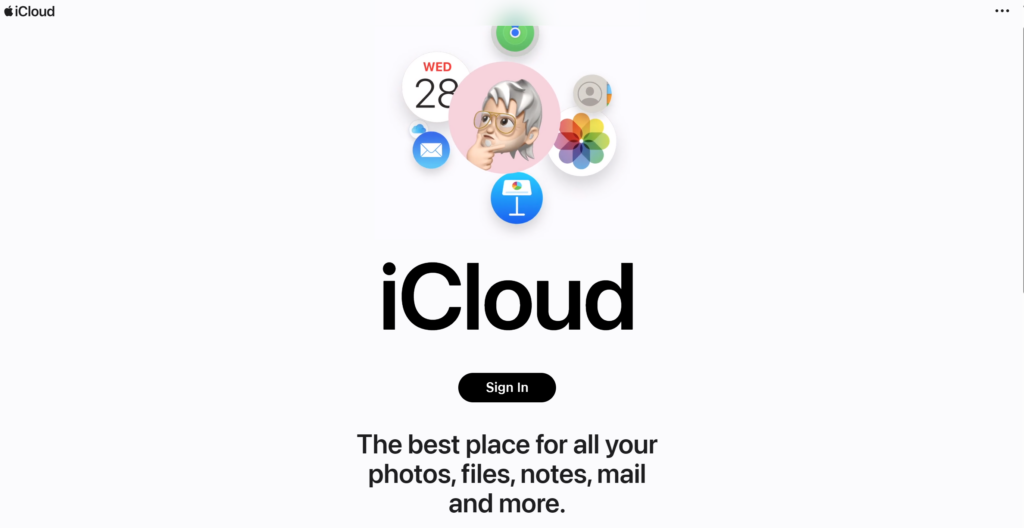Lewis Painter
2024-06-07 10:52:50
www.trustedreviews.com
Cloud storage services serve as a convenient way to back up all the photos you’ve taken on your smartphone, but what happens when you upload your cherished snaps to the cloud?
While you might assume that your photos are simply uploaded to a server somewhere and that’s it, you might be surprised. In fact, your photos go on a rather interesting journey when you upload them to the cloud.
What happens to my photos when I upload them to the cloud?
When you use a cloud-based storage service, whether it’s Apple’s iCloud, Google Drive, Dropbox, OneDrive or anything else, you’re essentially uploading your photos and videos to a massive data centre operated by said cloud storage provider.
These vast hubs of servers hold vast amounts of sensitive user data, which is why security is taken pretty seriously. The specifics depend on the storage service, but generally, speaking, your photos and other data are protected by elements like encryption, access controls and good old-fashioned intrusion detection systems, both virtual and physical.
The Sonos Sub (3rd Gen) is currently under £600 on Amazon
Save £209.24 and get the Sonos Sub (3rd Gen) wireless subwoofer for just £589.76 in this limited time deal on Amazon.
- Amazon
- Was £799
- Now £589.76
Of course, servers do go down from time to time, but that’s why cloud storage services usually employ some form of data redundancy, which essentially means that your data is stored in multiple locations within one, or even multiple, data centres dotted around the world. This should help protect against hardware failures and even natural disasters, helping to keep your data safe.
Technical aspect aside, it essentially means that, once uploaded, you’ll be able to access your photo collection from anywhere with an internet connection. This means you can view photos taken on your phone from your tablet or laptop, and some even offer compatibility with smart TVs and smart displays to showcase an ever-changing stream of your photos.
The fact that your photos are in the cloud also makes them much easier to share with friends and family. Instead of sending photos directly to your loved ones, which can take some time depending on the speed of your internet connection, you can simply share your content with a link that they can view from anywhere.
Cloud storage also allows you to free up local storage as you no longer need to store the original images on your device, giving you more space for apps and other data on your smartphone, tablet or laptop, and in the event that you lose your device, your cloud-stored photos will be safe and sound too.


What you should know before uploading photos to the cloud
While there are plenty of benefits to uploading photos to the cloud, there are elements worth considering before going all-in on cloud storage.
Firstly, and most importantly, you need to establish whether the cloud service you’re using stores the original, full-resolution image you’ve uploaded. This might sound like an odd thing to look into, but services like Google Photos offer the option to compress your images once uploaded, using clever algorithms to reduce file size without significantly affecting quality.
This is great if you’re wanting to maximise your online storage to store photos, but if you’re a professional photographer, for example, any kind of compression is bad news. It also means that, if you were to re-download them to your device in future, you’d only have the converted, lower-res image.
It’s also worth noting that, unlike with photos stored locally on your device, if you delete the photo from the cloud on one device, it’ll remove it from all your devices. It’s pretty standard, but worth being extra cautious and double-checking before permanently deleting any of your photos because once they’re gone, they’re gone for good.
And, finally, while cloud storage is a fantastic and convenient way to back up all your photos and videos, it’s not foolproof. Like any other web-based service, cloud services could potentially suffer from service outages, and there’s always the risk that your account gets hacked, losing access to your memories.
With that said, it’s probably worth backing up your photos to a computer or external hard drive, just in case.




































































